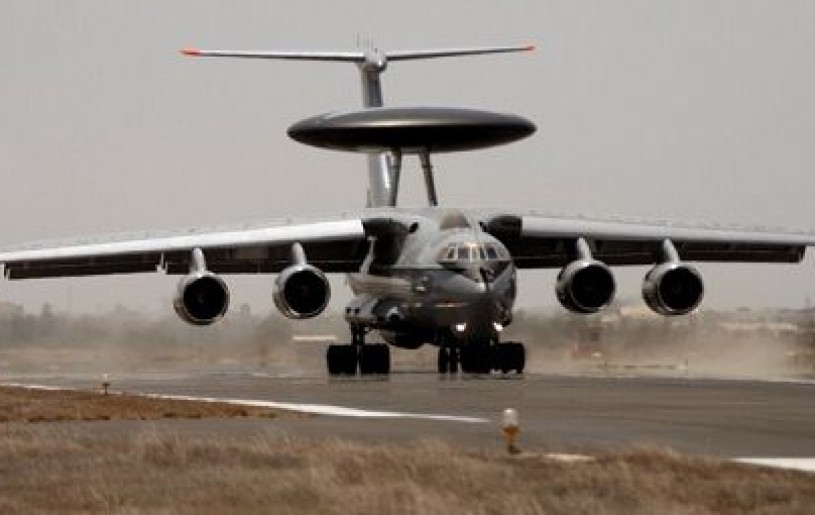The Union Government is in the home stretch to bring the Israeli ‘eyes in the sky’– “Phalcon” airborne warning and control system (AWACS)– to the country after the Cabinet Committee on Security (CCS) suggested that it is about to sign the final deal-papers. The $1 billion deal to acquire two more Phalcon early-warning radar systems will help India to brush aside the deficiencies that Indian Air Force had to face in the air when it went toe-to-toe with Pakistan during the pre-dawn Balakot airstrikes.
Also, while India engaged in a confrontation with China at the LAC and preparing for a long haul, the AWACS will help India thwart any possibility of Chinese aircraft encroaching the Indian boundaries.
The two nations have been at loggerheads ever since the deadly Galwan valley clash which resulted in the martyrdom of 20 braveheart Indian soldiers and unconfirmed number of deaths on the Chinese side. Some estimates have suggested that over 50 PLA troops died at the hands of Indian army soldiers who despite being surprised by the sudden attack of Chinese troops managed to gain an advantage.
The Phalcon radar is going to cost about $1 billion, with another $1 billion going towards the purchase of the platform, in this case, Russian A-50 aircraft. The radar and the platform will be integrated into Israel. It will take about two to three years for the delivery of the complete system.
India’s current possession of AWACS consists of three Phalcon AWACS, with a 400-km range and 360-degree coverage, and two indigenous “Netra” AEW&C aircraft, with indigenous 240-degree coverage radars with a 250-km range fitted on smaller Brazilian Embraer-145 jets.
“They will be more advanced than the first three Phalcon AWACS with the latest upgrades,”said a ministry source to TOI.
During the weeks building up to the June 15 brawl and PLA’s unilateral aggression on the LAC, the requirement of more AWACS was felt by the army.
Also termed as the Airborne Early-Warning and Control (AEW&C) aircraft, the AWACS are key systems of modern warfare as they can detect and track incoming fighters, cruise missiles, and drones much before ground-based radars can do so.
The procurement of AWACS comes at the heels of the Union Ministry fast-tracking the Rs 3,500 crore “Project Cheetah” to upgrade its Israeli Heron drones with laser-guided bombs, air-to-ground anti-tank missiles and other precision-guided munitions as well as advanced reconnaissance capabilities.
Apart from this, the Modi government has decided to push road connectivity towards the Daulat Beg Oldie sector with the Border Roads Organization asking permission of the Ministry of Home Affairs to cut a road over the glaciated Saser La to link up DBO with Sansoma via Murgo as an alternative to the Darbuk-Shyok-DBO road.
The Union Ministry is learning from every encounter it has faced up until now and working to address the chinks in the armour—something which the previous regimes of UPA never sought to do. The acquisition of the radar system will help India to have a hawk-like presence in the sky and keep enemies on their toes.
